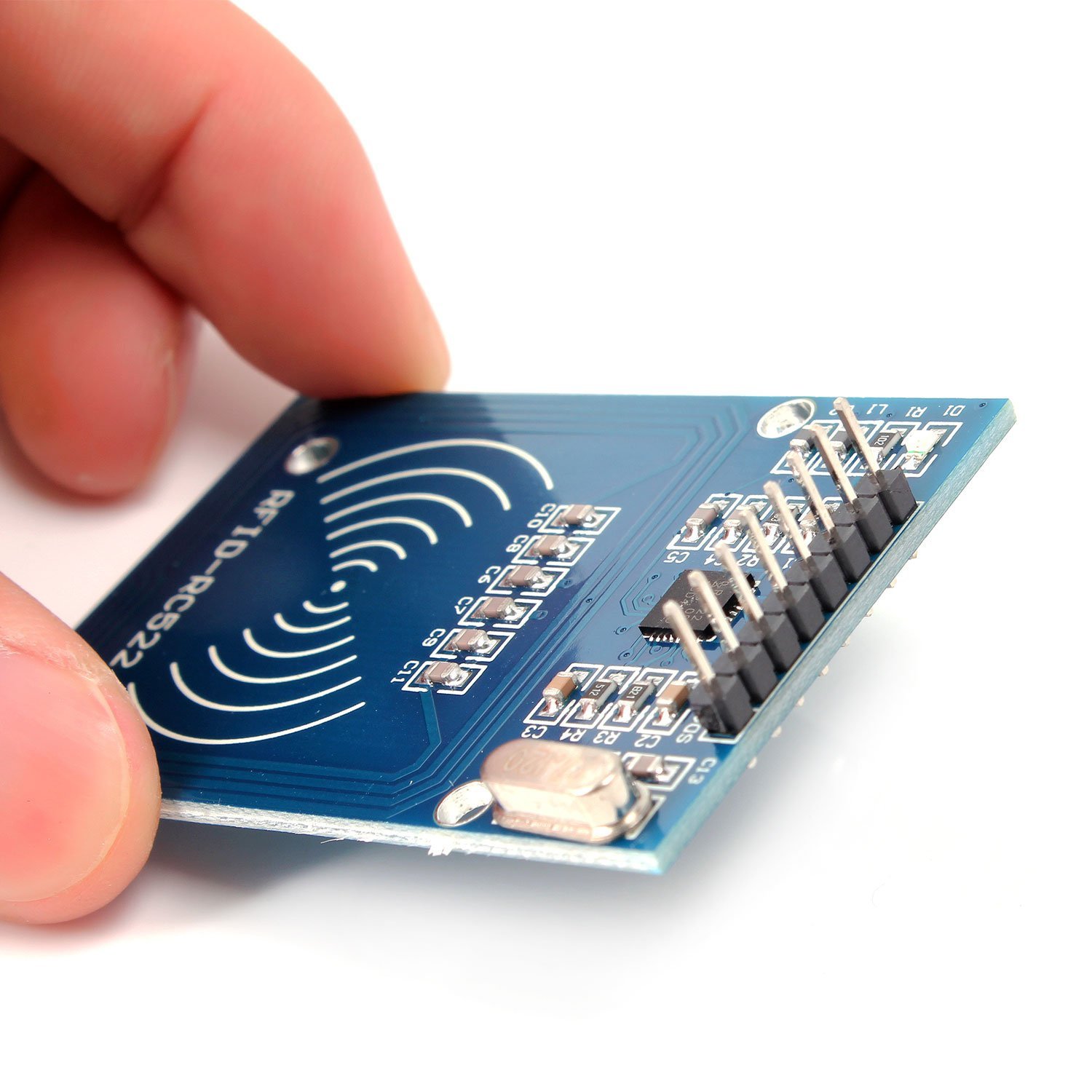
The pre-written functions that these sketches provide will let you more easily integrate them into your other projects. Since using RFID tags are a bit more complex than, say, turning an LED on or off, we’ll rely on pre-existing sketches that you can integrate into your own projects. To do this, we’ll be making use of this library for reading and writing to RFID tags. Specifically, we’ll write some basic information to an RFID tag.

In this case, we’re going to use an Arduino as the device by adding an RFID sensor. RFID reader/writer sensors use short-range, low-power radio waves to transmit data from tags, where the data is stored, into the electronic device the sensor is connected to. This guide will show you how to use one to write to your own RFID tag.

If you want to learn how they work or add them to your own project, an RFID reader and writer is a cheap component that you can use. They can take the form of keychains and cards, or they can even be implanted into pets or people. RFID tags are small, rewritable chips that can store small amounts of data like names, addresses, product information, and more.


 0 kommentar(er)
0 kommentar(er)
